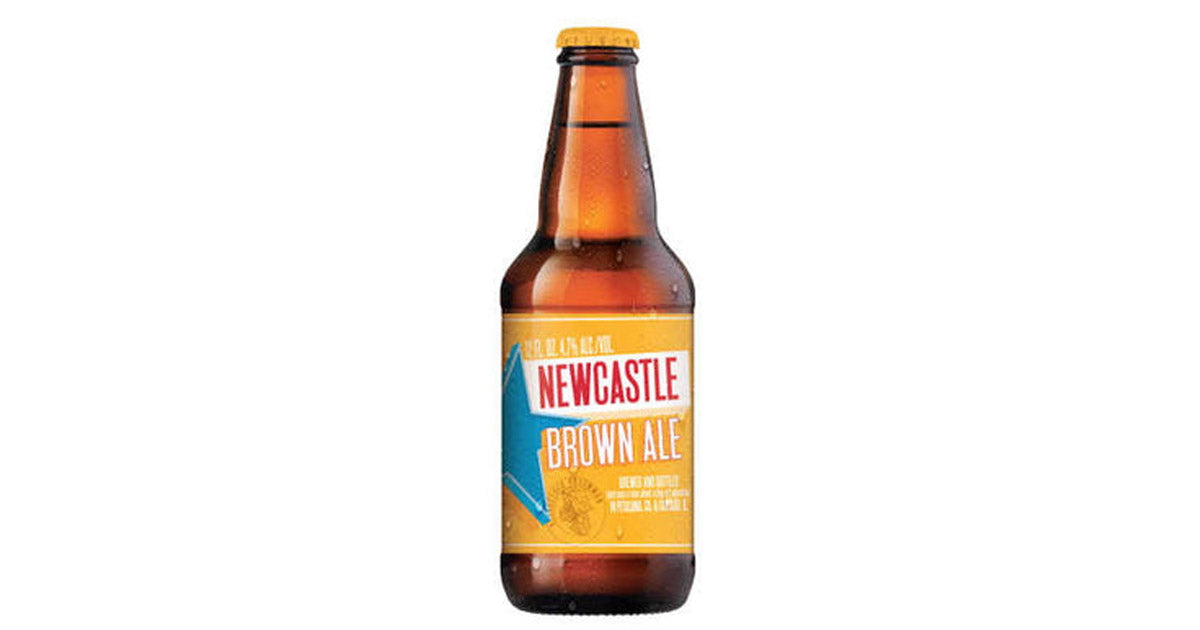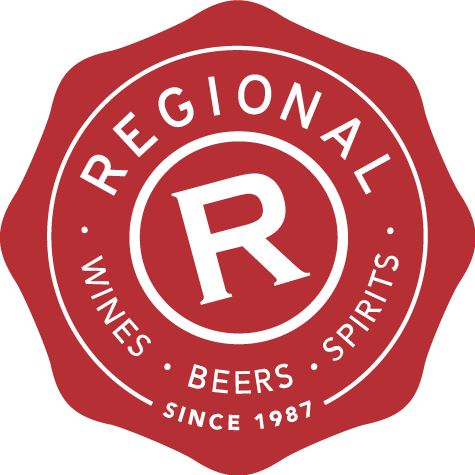
Newcastle Brown Ale and the art of keeping it real
The beer has a long history dating back to 1927 at Newcastle Breweries, where it was created by one Lieutenant Colonel James ('Jim') Herbert Porter (now there’s a name!).
For much of the 20th Century it was rather successful - especially for a Brown Ale and considering that its creator thought it to be a failure, having aimed at something more akin to Bass Ale.
Recently though, it has fallen on harder times with a fairly dramatic drop in sales through the previous decade. When you think about it, this isn’t that much of a surprise - brown ale isn't really at the cutting edge of exciting experimental brewing.
The brand though has been given a bit of a revamp to bring it back to life. It was bought by Heineken in 2008 and Lagunitas brewery (also owned by Heineken) joined the rather long list of breweries brewing this juice around the world in 2019. Of course, this makes good sense. The brand already had a big following in the states and getting it made locally is a logical step.
Lagunitas has also modernised the recipe, with the addition of US hops Chinook and Centennial, pushing the IBUs a touch higher in the process. This approach also makes obvious “marketing” sense too - bringing the beer more into line with current trends in brewing.
However, I can’t help feeling it’s also a bit of a shame. It sort of reminds me of the gentrification of a working class neighbourhood - whereby the area is irrevocably changed in the name of progress and loses some of its soul. It also feels like more proof to me of the current trend to push styles towards a convergence on IPA. More hops and bigger IBUs make beers more popular, and we're certainly seeing this with modern lager. Perhaps soon we’ll all just be drinking different coloured IPAs?!
Let’s give it a taste and see what gives…
It’s a lovely deep mahogany brown in the glass. The nose is a toasty, malty, fruity explosion - with figs and raisins and cherries at the fore, but with some prominent almost medicinal hop notes to boot. The palate is smooth and lighter than expected, but then the abv is lowish at 4.7% - and once again the hops are relatively prominent in the finish.
That’s a real drinker for sure - and the brewers at Lagunitas have done all in their power to keep it real, using English yeast, sticking with an all malt recipe and adhering to an ABV of 4.7%.
That said, I can’t help feeling that the hops have grown in stature and the perception of the malt has therefore diminished. Maybe I’m looking at this through rose tinted specs - maybe what I really miss about this beer is being a young lad and sneaking a bottle or two in the park with my mates?
Of course, beer needs to be commercially viable for all those involved - but at what cost? We can’t stop progress but we should do things to protect national beer treasures, after all, once they’re gone - it's pretty damn hard to bring them back. You could argue that the current incarnation of Newcastle Brown is doing exactly that, keeping a brand going that may otherwise have been canned, but it’s certainly debatable whether this version is still truly Newcastle Brown. Grab a bottle and see what you think!
